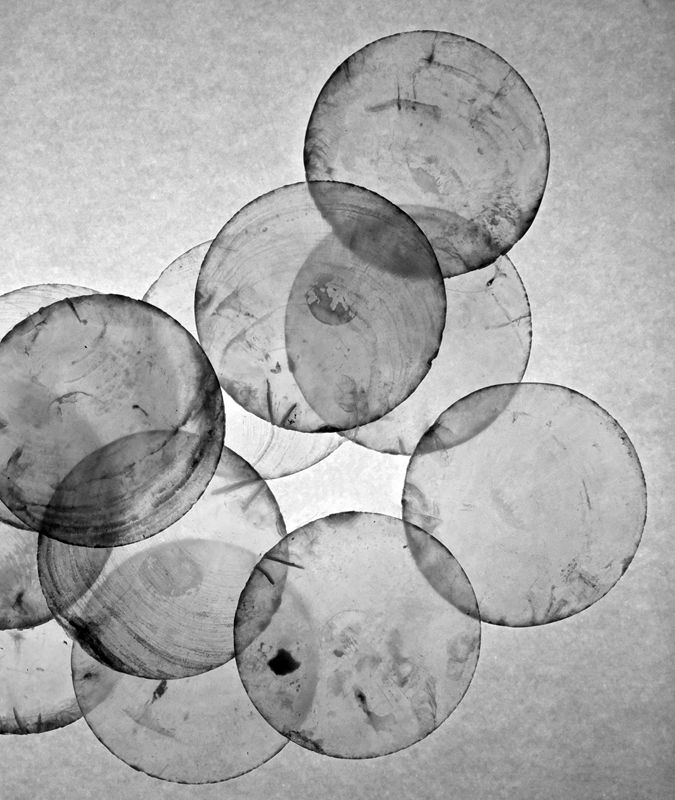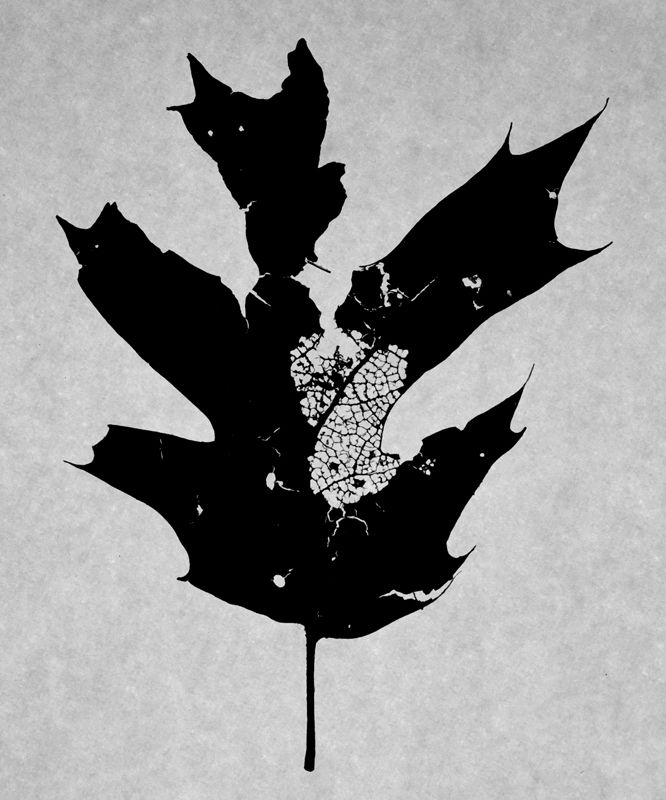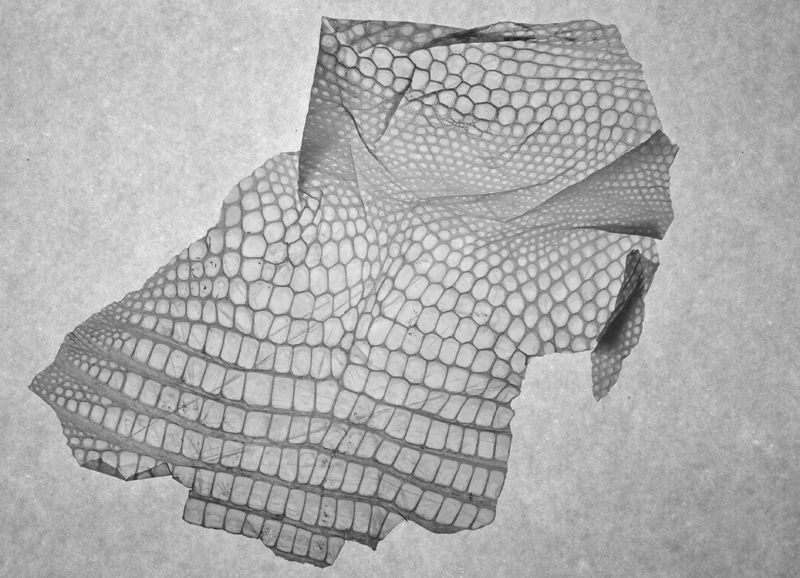blog
Interview with photographer Giselle Brewton

from the Light Studies Series
F-Stop Magazine: How did you first become involved in photography and what led you to working in this medium as an artist?
Giselle Brewton: Having moved around a lot growing up, taking photographs was one of my earliest concrete memories. I’m drawn to this medium because of it’s limitless avenues for experimentation. The darkroom process is meditative, time slows and hours feel like minutes. A painter friend once said that it must be easy for me to produce work because photography is collaborative and social while painting is secluded. For me it’s quite the opposite. Photography is more of a solitary experience, and that’s exactly what draws me to it.
F-Stop: The current issue of F-Stop Magazine includes images from your “Light Studies Series,” can you tell us what led to this project?
GB: This project arose from a need to rescue memories. I was noticing the disappearance of sentimentality for tangible objects. The rarity of current day photo albums, handwritten letters and postcards. A growing lack of attachment to family keepsakes that turn up in dusty flea market boxes. Objects are losing their emotional weight as story telling devices. I wanted to gather them up and bring them back into the light.
F-Stop: Can you discuss your process for making these images or your creative process more generally?
GB: This ongoing series follows in the spirit of photograms by peeling away the obvious layers leaving only the bones. I shoot b&w to avoid distraction from the essential form. I pull the objects out of their environment further isolating the details. The final step is to shift light until only shapes, shadows and inner workings are visible. Apart from cropping I don’t like to alter the final image digitally, computer editing kills the creative process for me. It’s important to capture what I see in that moment through the viewfinder and lens. It has to be the work of hands to inspire any project I do.

from the Light Studies Series
F-Stop: How do you choose what to photograph? What are you looking to capture in these items?
GB: I become deeply attached to the simplest things. I keep random objects in cigar boxes, pinned to walls, and in my pockets. For this project I choose subjects that have personal significance. Some of my favorite keepsakes don’t make the best photographs. I’m not sure if they’ll work until I start to play with light and let the subject guide me. My aim is to capture a deeper layer that may otherwise go unnoticed. For some objects this element lies in the geometry, for others in the texture.
F-Stop: What do you hope people experience or feel when they look at your photographs?
GB: The personal stories attached to the objects won’t be evident, my intention isn’t to push a particular feeling. My hope is for these photographs to communicate with the viewer visually and emotionally, creating individual interpretation. People experience art in different ways, that’s the beauty of it. We gravitate to what moves us most.
F-Stop: Do you have a favorite image in this series? If so, which one and why is it the image that speaks to you most?
GB: Henri Cartier-Bresson once said “The important picture is the next one you’re going to take”. I envy his ability to always be looking forward creatively. I can’t help but mentally carry a project with me until it’s truly complete.
There are some new images joining the series, one of a broken glass beaker that is fresh in my mind, however, a constant favorite is the reptile skin photograph. It’s a piece of naturally shed skin from a Red Tegu lizard belonging to a friend of mine. Mr X was hand raised from a baby to a 4′ adult. He lived loose in the home, was completely mellow and would follow my friend around. I hoped this would make a good light study but had no idea it would almost breathe life. The object is recognizable, obviously belonging to a solid hefty reptile yet remains so incredibly fragile it appears to float. It has texture and geometry combined, It’s the perfect alternate view to shake up our perception of beauty for a moment.

from the Light Studies Series
F-Stop: Are you working on any other projects currently?
GB: Apart from a in-camera multiple exposure project and darkroom experiments, I’m currently editing a film, continuing a collage series, and entering the early stages of putting together Bagazine Issue 7, an assemblage art literary magazine in a bag. Photography is at the core of my creative expression, but I also work in the medium of film, collage, printmaking, and assemblage. When the gears start spinning on a photo project I step back by diving into collage or other mediums. It gives me breathing room to return to the project with clarity and focus.
F-Stop: What photographers or other artists inspire you?
GB: I’m Inspired by many forms of visual art as well as music, and writing. Here are a few visual artists that are important influences.
Germaine Krull for her photographic experiments especially ‘Métal’, André Kertész, Henri Cartier-Bresson, Alexey Titarenko, Weegee. Man Ray and the artistic anarchy of the Dadaists and Surrealist, the photographs and films of Bruce Connor notably ’10 second film’, Marcel Duchamp’s rotoreliefs, the films of Stan Brakhage in particular ‘Mothlight’ composed of moth wings, Joseph Cornell’s sculptural boxes and experimental films, Wallace Berman’s assemblages and collective art movement, Kenneth Patchen, Dieter Roth’s artist books, Jackson Pollock, H. N Werkman printer and experimental artist, Bern Porter’s founds, the fluxus art movement, the collages of Robert Motherwell…many others.
Aside from known artists I’m also inspired by old discarded photographs found at flea markets by unknown photographers. The relationship between the photographer and subject is powerfully evident. The photographer didn’t fall into the self conscious trappings of forcing an artistic shot. They were in the moment, honest and unapologetic. The photographs themselves were taken as keepsakes and weren’t intended for strangers. I’m moved by these genuine connections.
For more of Giselle Brewton’s work: www.gisellebrewton.com
Location: Online Type: Featured Photographer, Interview
Events by Location
Post Categories
Tags
- Abstract
- Alternative process
- Architecture
- Artist Talk
- Biennial
- Black and White
- Book Fair
- Car culture
- charity
- Childhood
- Children
- Cities
- Collaboration
- Cyanotype
- Documentary
- environment
- Event
- Exhibition
- Family
- Fashion
- Festival
- Film Review
- Food
- Friendship
- FStop20th
- Gun Culture
- Italy
- journal
- Landscapes
- Lecture
- love
- Masculinity
- Mental Health
- Museums
- Music
- Nature
- Night
- photomontage
- Podcast
- Portraits
- Prairies
- River
- Still Life
- Street Photography
- Tourism
- UFO
- Wales
- Water
- Zine

Leave a Reply